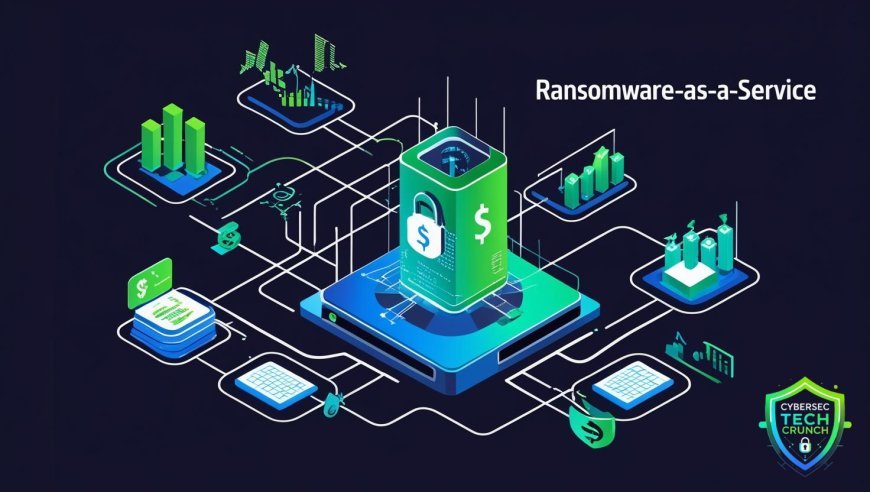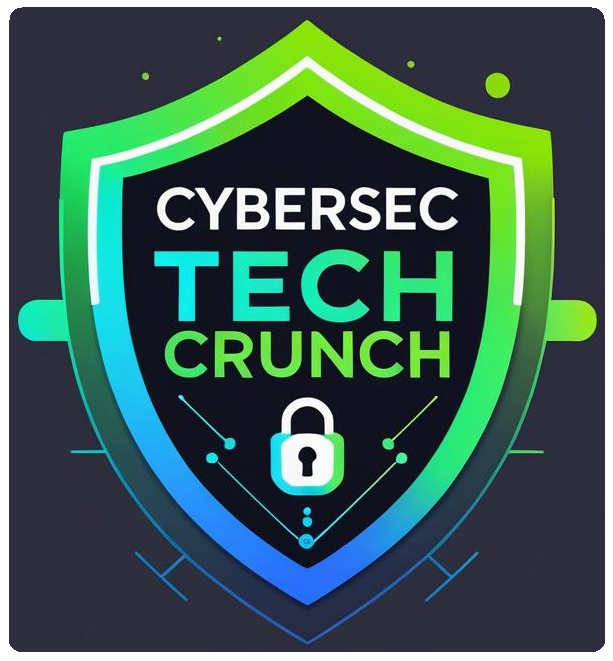Ransomware-as-a-Service: When Cybercrime Becomes a Business

Ransomware-as-a-Service: When Cybercrime Becomes a Business
In the ever-evolving world of cybersecurity, one trend stands out for its audacity and dangerous efficiency: Ransomware-as-a-Service, or RaaS. What was once a tool used only by highly skilled hackers has now become a business model-one that enables even amateur cybercriminals to unleash devastating attacks with just a few clicks.
Ransomware has been around for years, locking users out of their own systems and demanding payment to regain access. But the game changed when cybercriminal groups realized they could profit even more by selling or renting their ransomware tools to others. Just like software companies offer cloud-based services to streamline business operations, RaaS providers offer ready-made ransomware kits on the dark web, complete with customer support, updates, and even performance dashboards.
This new model removes the biggest barrier to entry-technical knowledge. Now, someone with limited skills but malicious intent can purchase or subscribe to a ransomware service, launch an attack, and potentially extort thousands or even millions of dollars. And for the creators of these ransomware services, it’s a win-win. They make money not just from direct attacks, but also from commissions earned through the success of their “affiliates.”
What makes this model so alarming is its sheer scalability. With more people able to access and deploy these tools, the number of attacks has surged. Small businesses, hospitals, municipalities, and even schools have become easy targets. And while large corporations might have the resources to bounce back, smaller organizations often find themselves paralyzed, unable to recover from the data loss or the financial blow.
Behind these attacks are criminal operations that are surprisingly organized. Some of them operate like tech startups, with development teams, marketing materials, and even “help desks” to guide their criminal customers through the process. They issue updates to improve the effectiveness of the malware and tweak their strategies to bypass new security defenses. It’s business-but for all the wrong reasons.
For victims, the experience is deeply personal and often traumatic. Imagine waking up to find your business frozen, your data locked behind an unbreakable wall, and a message demanding payment in Bitcoin. For healthcare providers, it could mean being unable to access patient records during emergencies. For schools, it might halt the education of thousands of students. The emotional toll is as heavy as the financial one.
As RaaS continues to thrive, cybersecurity professionals are racing to keep up. Governments and private sectors are investing more in threat detection and response systems, and global efforts are underway to dismantle some of the major ransomware networks. But it’s clear that awareness is just as crucial as technology. Educating employees, securing systems, and having a plan in place for emergencies are no longer optional-they’re essential.
Ransomware-as-a-Service has turned hacking into a franchise. It’s a chilling reminder that in today’s digital world, crime doesn’t always wear a mask or break a window-it can simply log in, and the damage it leaves behind is very, very real.


























